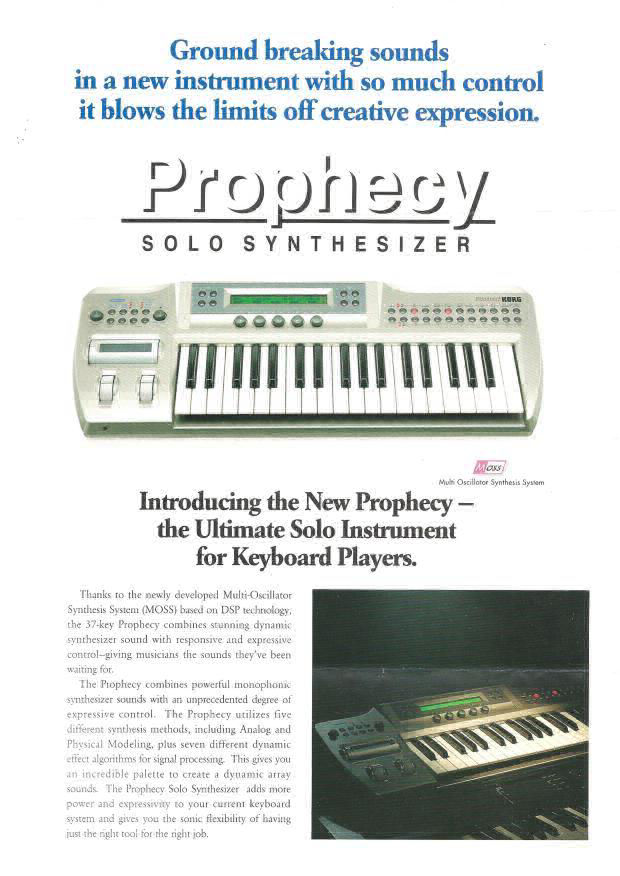
It’s 1995. Grunge is fading, Eurodance is in full swing, and synthesizer tech is starting to flirt with the future. In walks the Korg Prophecy, a synth that didn’t settle for simple imitation—it demanded expression.
Yes: this year marks 30 years since Korg released the Prophecy. And it still sounds like something out of forward-thinking dreams.
What Was It, Exactly?

- Release: 1995. The Prophecy is a monophonic, monotimbral synth. That means one voice at a time—but what a voice.
- Synthesis Engine: Powered by Korg’s MOSS (Multi-Oscillator Synthesis System) engine—it handles analog modelling, physical modelling, variable phase modulation (VPM), and more. It’s not just “virtual analog”; it’s hybrid, ambitious, and expressive.
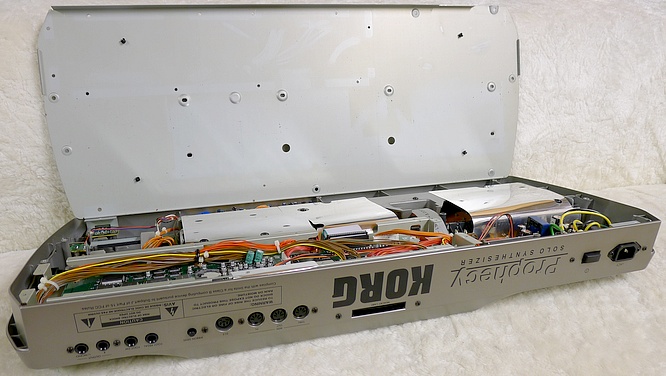
- Keys & Controls: 37 keys with velocity and aftertouch, plus the famous “log” or “log controller” — a hybrid modulation wheel / ribbon part (ribbon + position/pressure) giving expressive control.
- Sound Options: The Prophecy offers multiple oscillator types (analog-style, physical modelling, etc.), filters, effects (like distortion, wah, delay, chorus/flanger), LFOs, envelopes—designed for tweaking and real-time performance.
Why It Was So Ahead of Its Time

- The Prophecy came when most popular synths were sample-based or ROM-plers. MOSS synthesis offered much more flexibility, for leads, acid basses, weird textures, and expressive modulation.
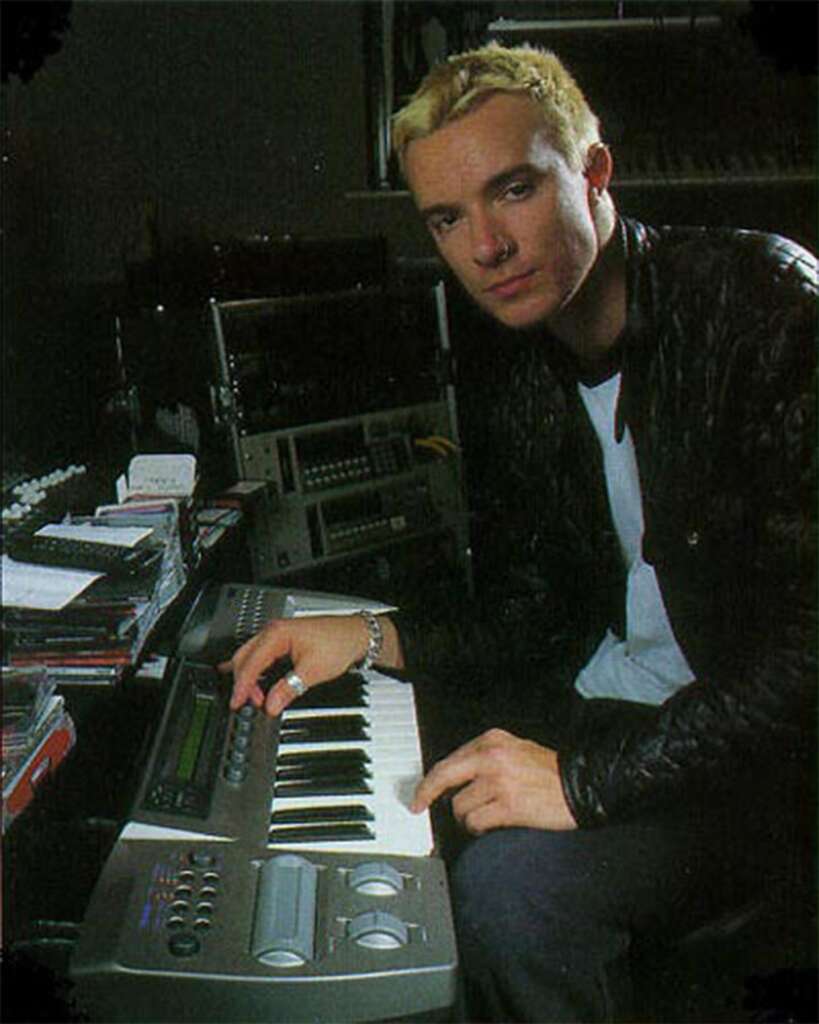
- Its ribbon combined with wheels made it possible to perform with nuance—not just static knob twirls but actual motion, sweeps, modulation flowing under the fingers. Players still talk about how “alive” it feels.
What Prophecy Turns 30 Leaves Behind
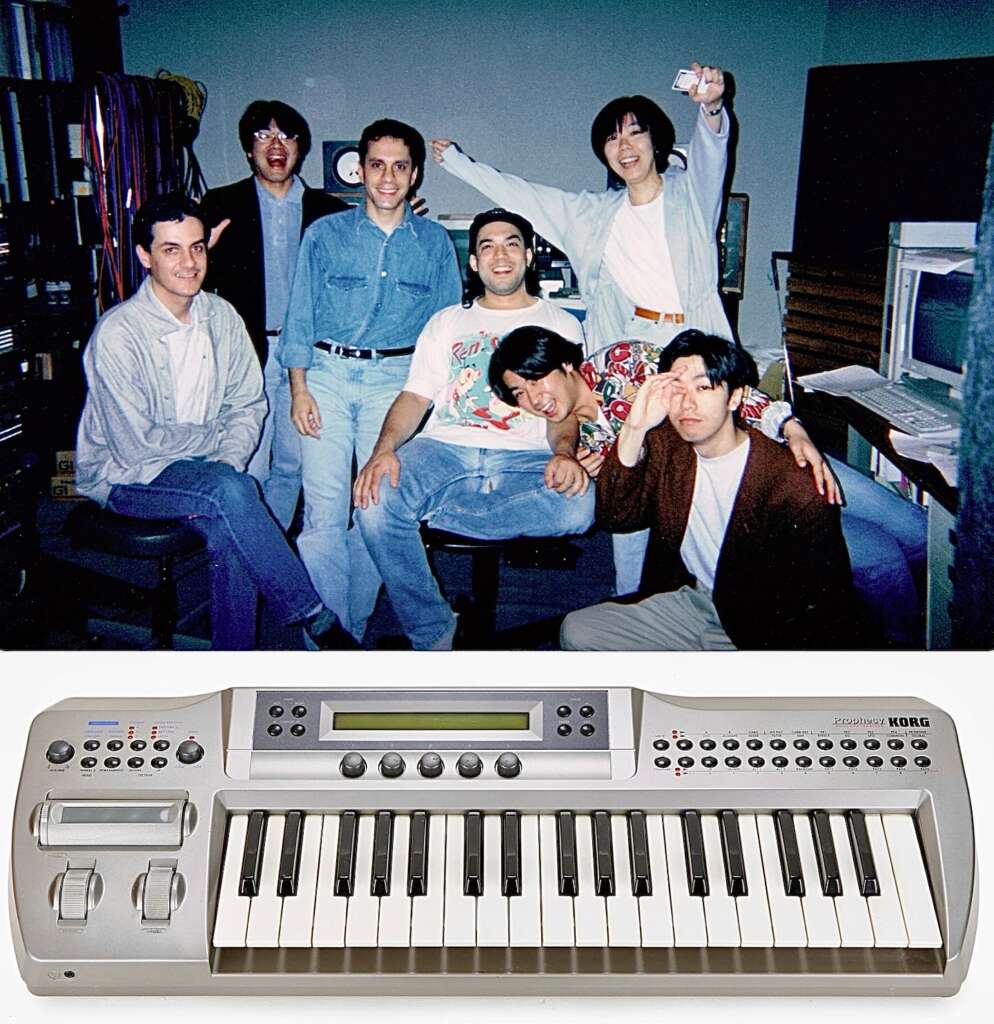
- It inspired Korg’s later MOSS-powered gear, particularly the Z1 (1997), which expanded polyphony, timbrality, and carried forward that performance focus.
- It showed that “mono” didn’t mean “limited.” Even with one voice, you could cook up leads, FX, weird sounds—you had depth if the engine was flexible enough.
- Its digital emulation made it into Korg’s Collection plugin suite: emulated Prophecy came with more polyphony (in the software version) and allows importing original patches, keeping its spirit alive.
Why It’s Still Worth Loving
In 2025, when gadgets obsess over polyphony count, wireless, fancy screens, or ultra-high specs, the Prophecy is a reminder: expression counts more than specs. That ribbon controller, responsive wheels, aftertouch, and the variety in its MOSS engine offer a unique voice, even decades later.
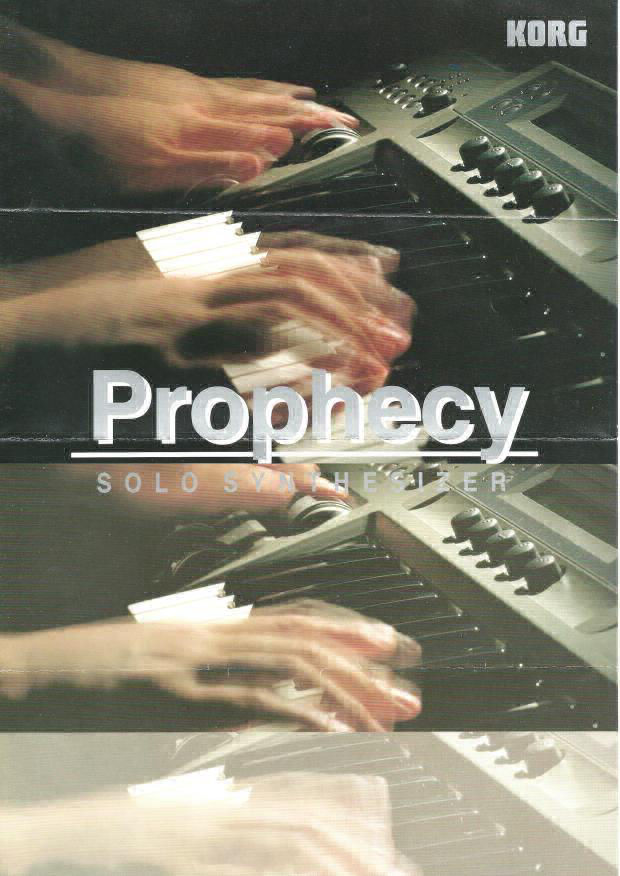
If you’re a synth fan or sound designer, the Prophecy is a nod to a time when synths were experimental tools, not just presets with glossy UIs. Happy 30th, little mono marvel—your legacy sings louder than many voices combined.


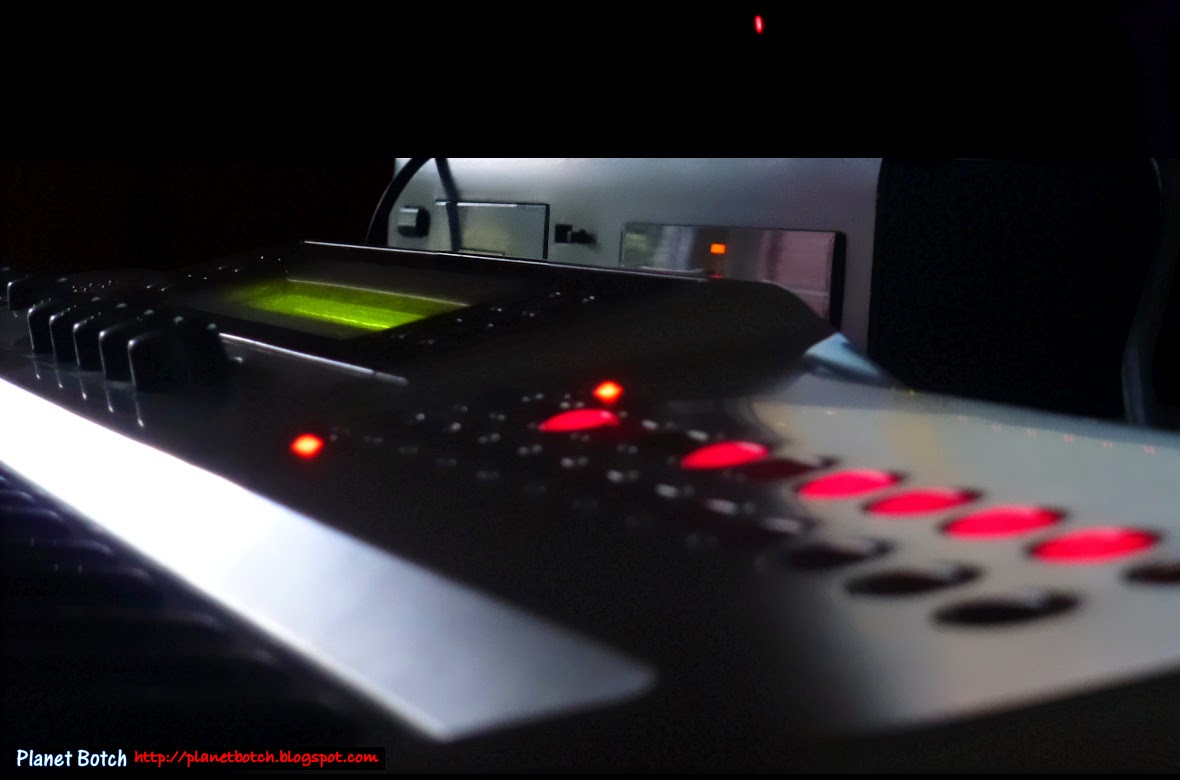

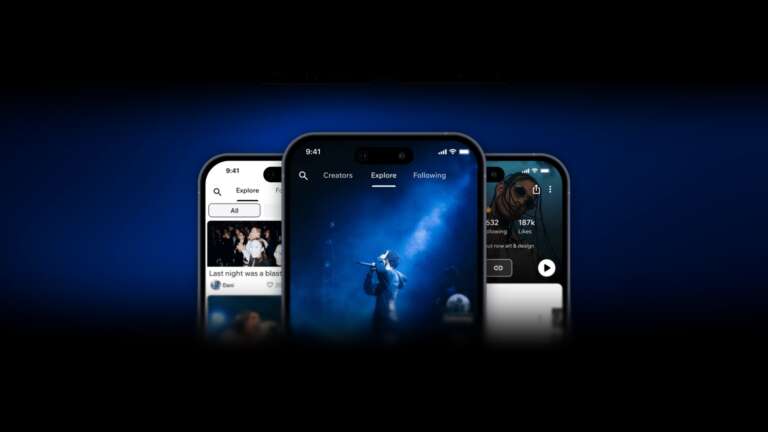
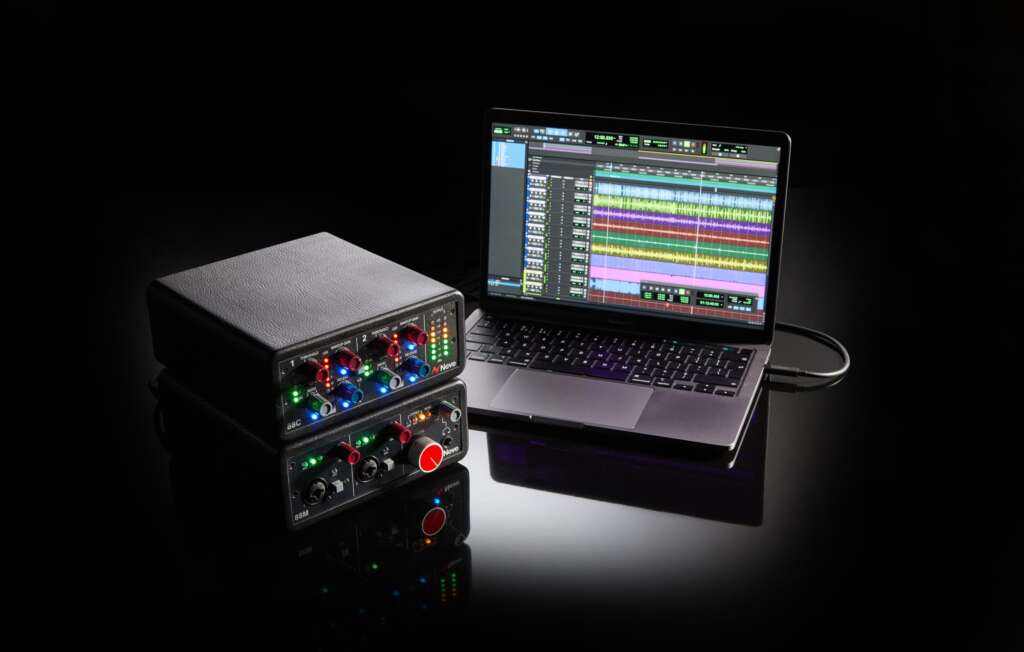

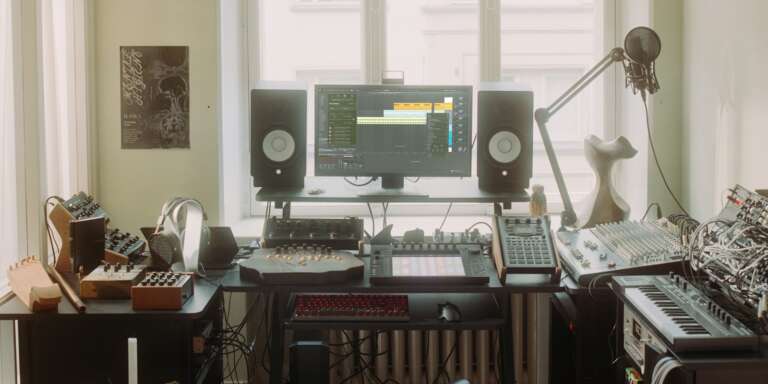
Leave a Comment